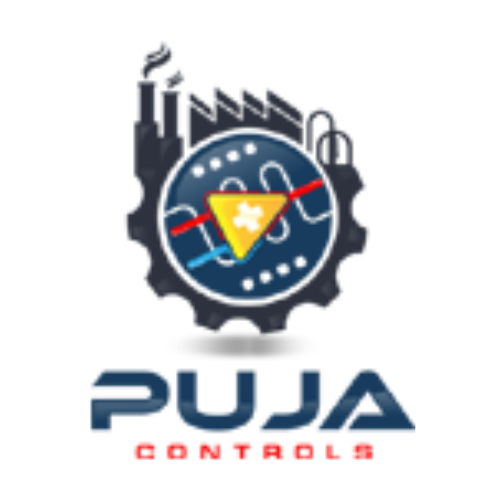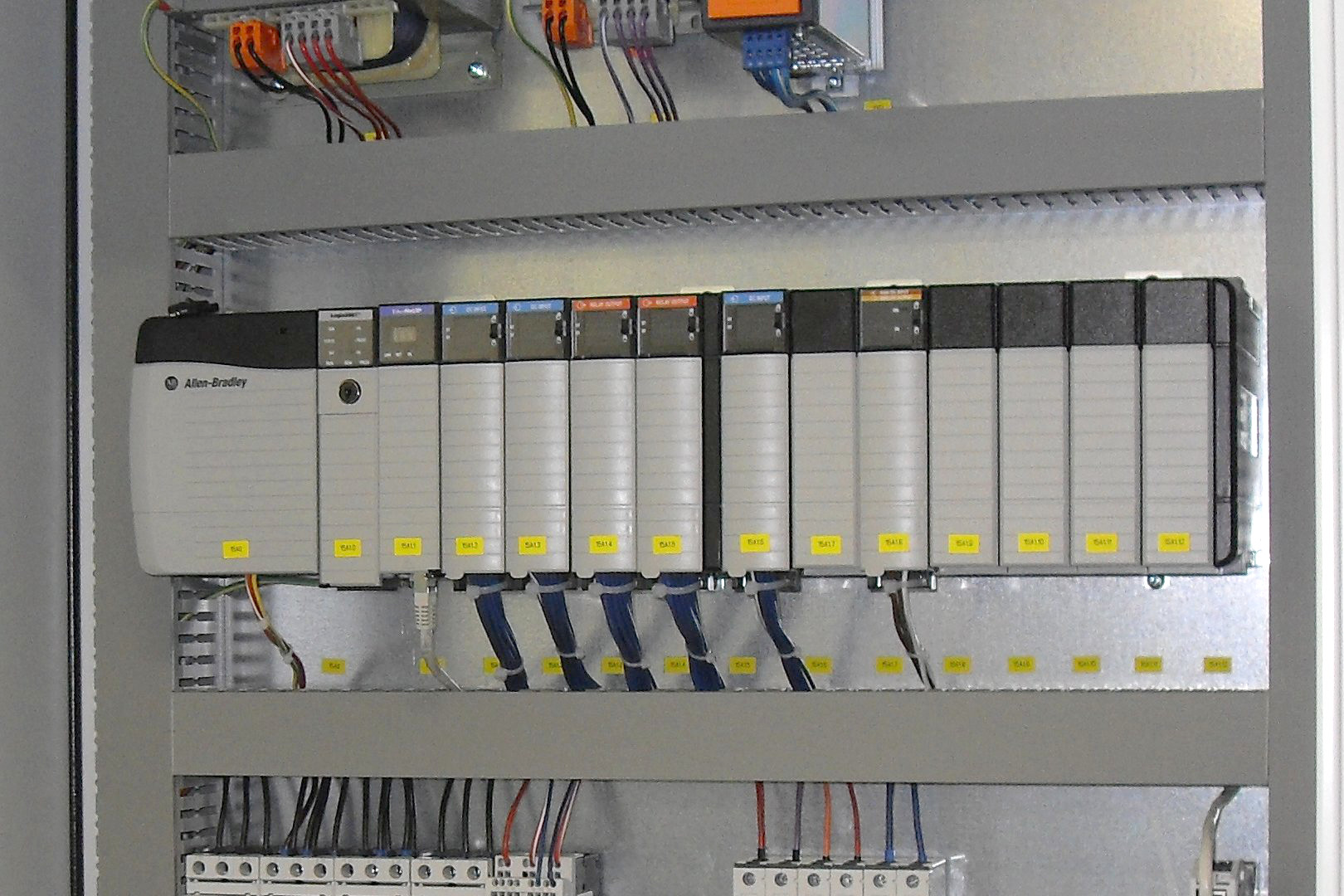In the realm of industrial automation, PLC programming and programmable logic play pivotal roles in streamlining processes and enhancing efficiency. Let’s embark on a journey to understand the intricacies of these technologies that power modern industries.
Importance of PLCs
In the fast-paced landscape of manufacturing, PLCs prove indispensable. From optimizing production lines to ensuring precision in operations, explore how PLC programming shapes the future of industrial automation.
Basics of PLC Programming
Delve into the fundamentals of PLC programming, unraveling the nuances of input and output, and decipher the various programming languages employed in this dynamic field.
Key Components
Understand the core components that make up a PLC system, from the central processing unit (CPU) to input/output modules and memory, laying the foundation for effective programming.
PLC Programming Tools
Navigate the diverse landscape of PLC programming tools, exploring various software options and popular programming platforms that empower engineers and technicians.
Applications in Industries
Explore the diverse applications of PLC programming in industries such as automotive, food and beverage, and energy, witnessing firsthand its transformative impact.
Evolution of PLC Technology
Trace the evolution of PLC technology, from its humble beginnings to the cutting-edge advancements that have shaped the landscape of industrial automation.
Challenges in PLC Programming
Uncover common challenges faced in PLC programming, accompanied by troubleshooting techniques to address issues and ensure seamless operations.
Future Trends
Peer into the future of PLC programming, examining its integration with IoT and the potential infusion of artificial intelligence, forecasting the next wave of technological innovations.
Industry Standards
Navigate the intricate world of compliance and regulations, shedding light on certification programs that uphold industry standards in PLC programming.
Case Studies
Immerse yourself in real-world case studies, exploring successful implementations of PLC programming and its tangible impact on industries.
Training and Education
Gain insights into the importance of continuous learning in PLC programming, discover relevant courses, and understand the significance of certifications.
Tips for Efficient PLC Programming
Unearth best practices and optimization techniques, empowering PLC programmers to enhance their efficiency and contribute to seamless industrial processes.
Safety Considerations
Highlighting the paramount importance of safety in industrial environments, explore compliance measures and protocols essential for secure PLC programming.
PLC Programming vs. Traditional Automation
Embark on a comparative analysis, unraveling the distinctions between PLC programming and traditional automation methods, and discerning the advantages of the former.
Emerging Markets for PLCs
Explore burgeoning markets and growth opportunities in the PLC industry, shedding light on current trends that shape the future of programmable logic controllers.
Future Career Prospects
Navigate the job landscape in PLC programming, identifying opportunities and understanding the skill requirements that pave the way for a rewarding career.
Success Stories
Celebrate individuals and companies making a difference in the realm of PLC programming, drawing inspiration from their success stories.
Common Misconceptions
Debunk myths surrounding PLC programming, dispelling common misconceptions and fostering a deeper understanding of the technology.
Advancements in Programmable Logic
Witness the latest advancements in programmable logic, exploring cutting-edge technologies and innovative solutions driving the evolution of industrial automation.
Industry Collaboration
Delve into partnerships and collaborative initiatives within the industry, unveiling how collective efforts contribute to advancements in PLC programming.
Expert Insights
Gain perspectives from industry experts, providing valuable insights into the current state and future trajectory of PLC programming.
Conclusion
As we conclude our exploration, recap the key takeaways and encourage readers to delve further into the fascinating world of PLC programming and programmable logic.
FAQs
Q: What is the primary function of PLC programming?
PLC programming serves as the backbone of industrial automation, controlling and optimizing processes in manufacturing and other industries.
Q: Are there specific programming languages for PLCs?
Yes, PLCs use specialized programming languages such as ladder logic, structured text, and function block diagram, each catering to different applications.
Q: How do PLCs contribute to safety in industrial environments?
PLCs enhance safety by implementing protocols, monitoring systems for anomalies, and enabling rapid response to potential hazards, ensuring a secure working environment.
Q: Can PLC programming be applied in the energy sector?
Absolutely. PLC programming finds extensive applications in the energy sector, optimizing processes in power generation, distribution, and renewable energy systems.
Q: What career opportunities are available in PLC programming?
Careers in PLC programming span from PLC technicians to automation engineers, offering diverse roles in designing, programming, and maintaining industrial automation systems.
Q: How can individuals stay updated on the latest trends in PLC programming?
Continuous learning through courses, certifications, and staying connected with industry forums and publications ensures professionals stay abreast of the latest trends in PLC programming.

